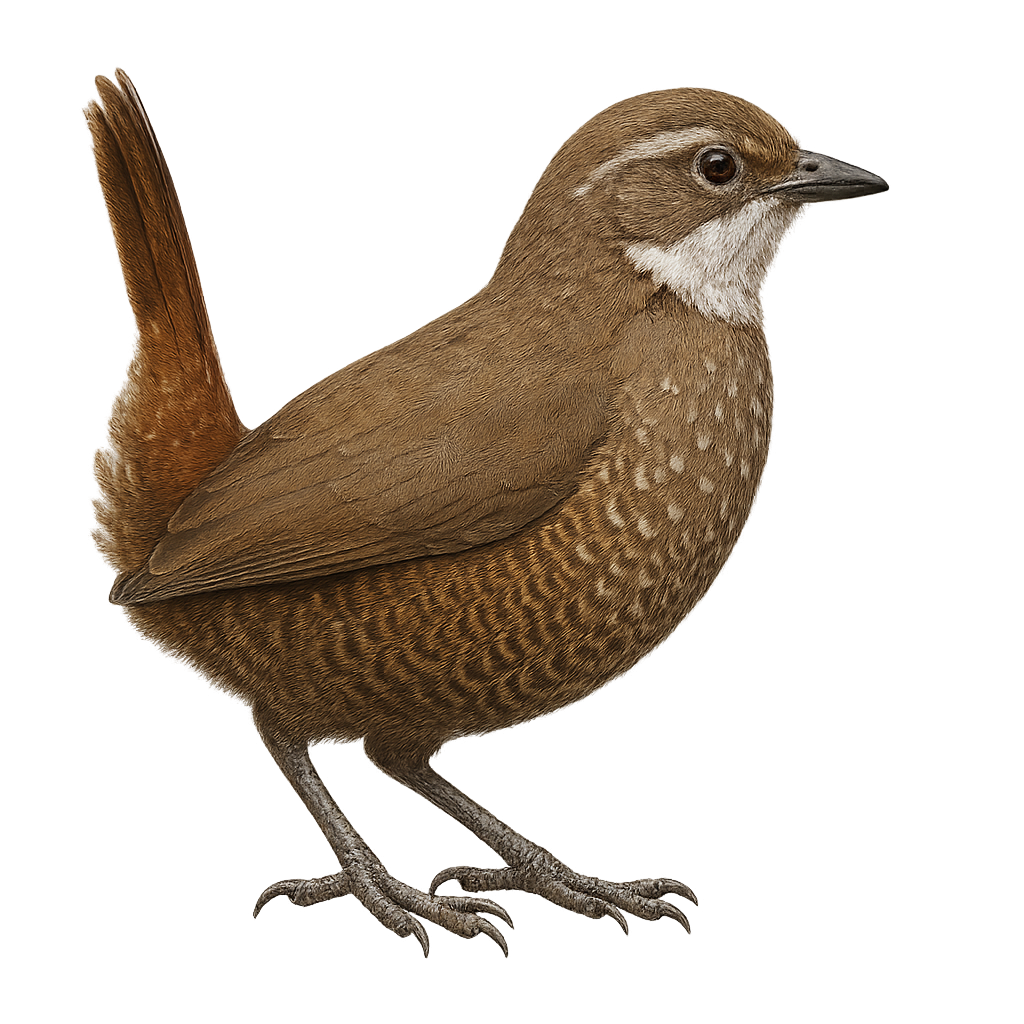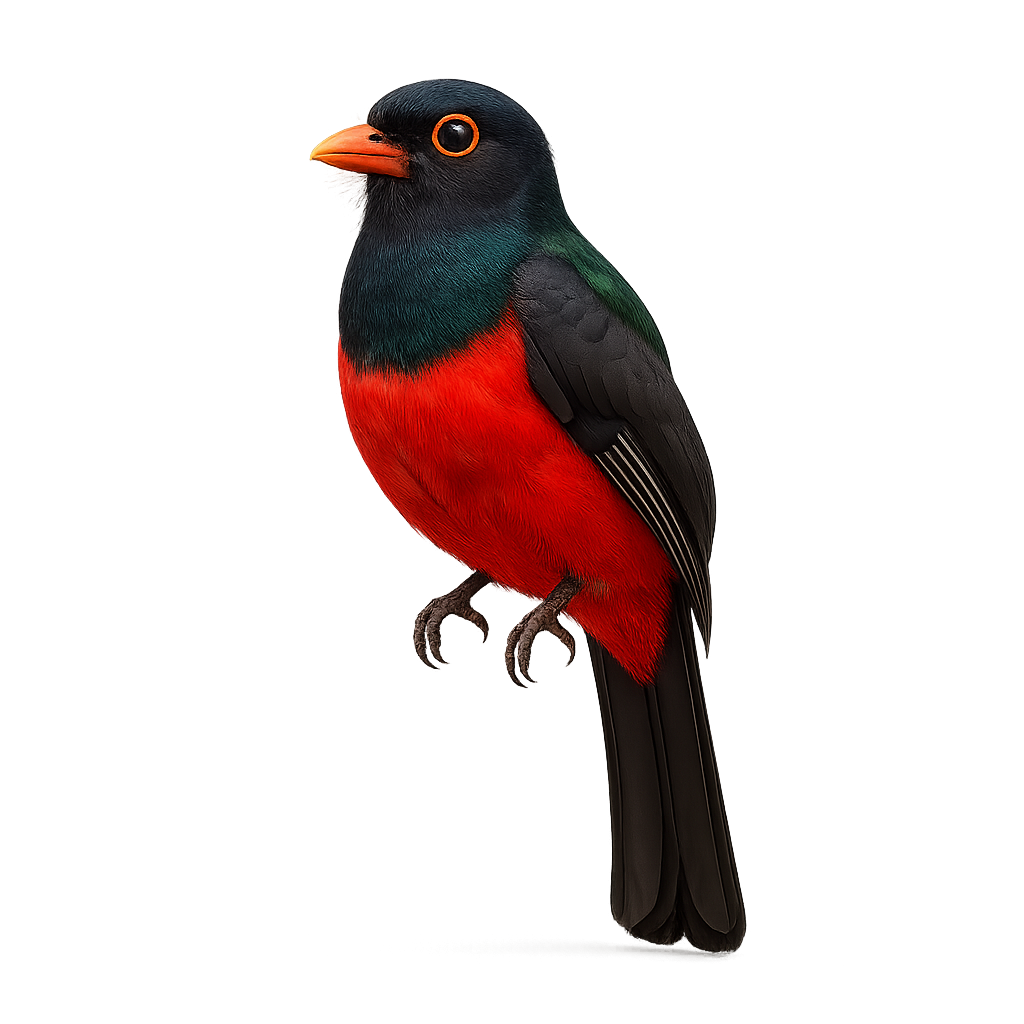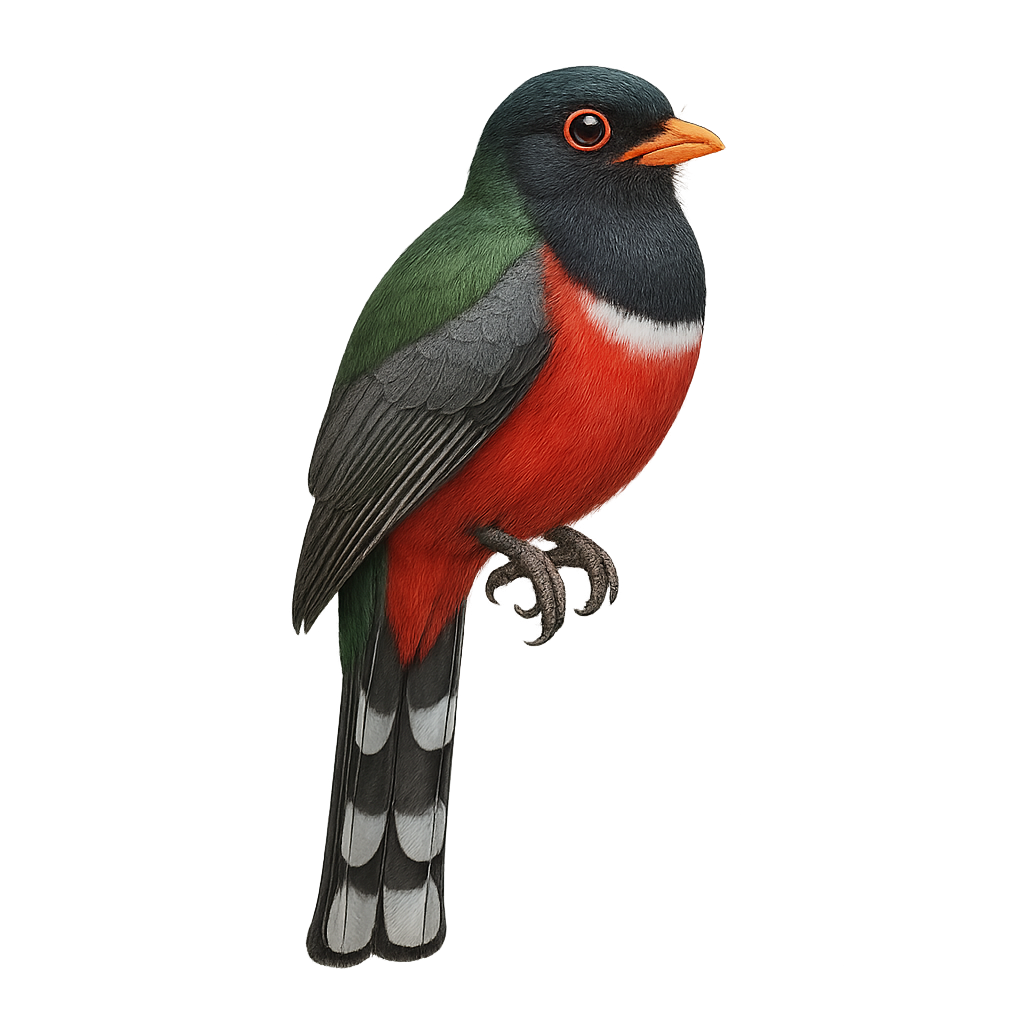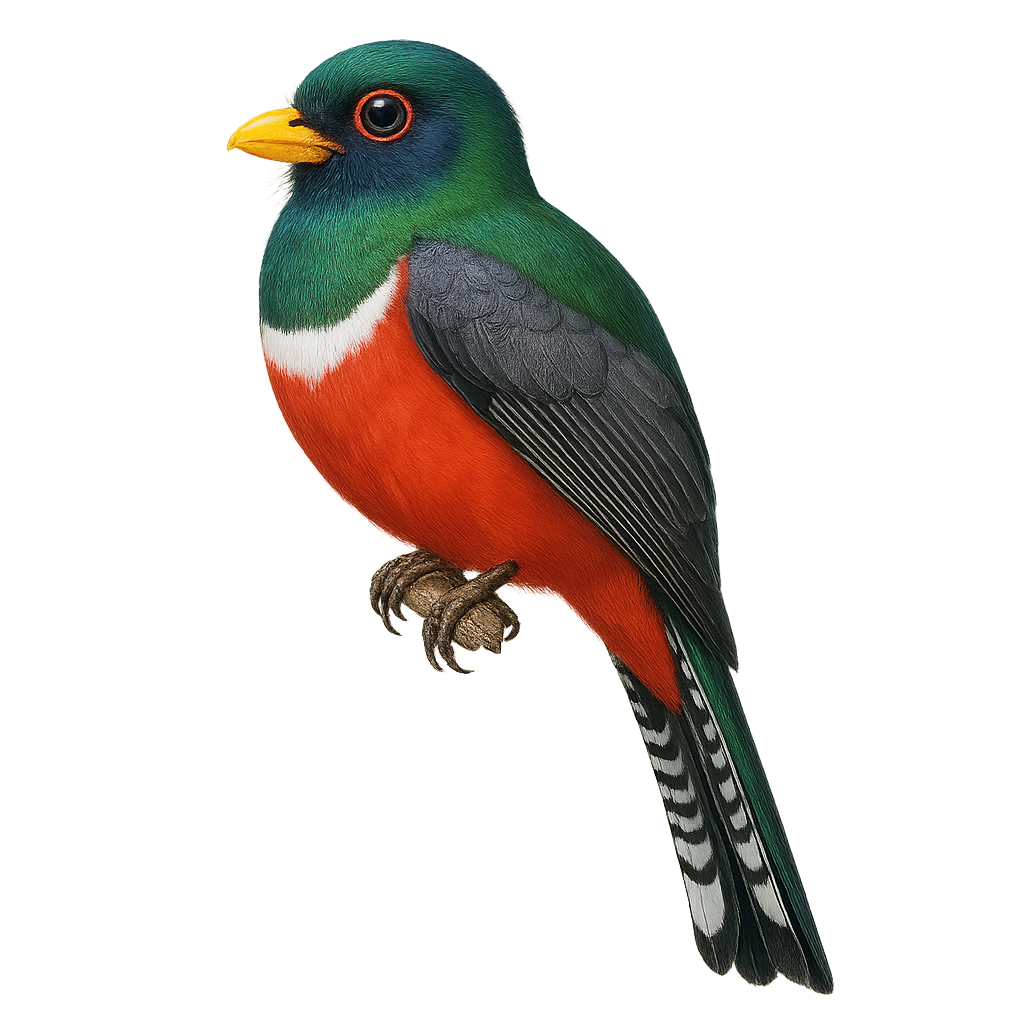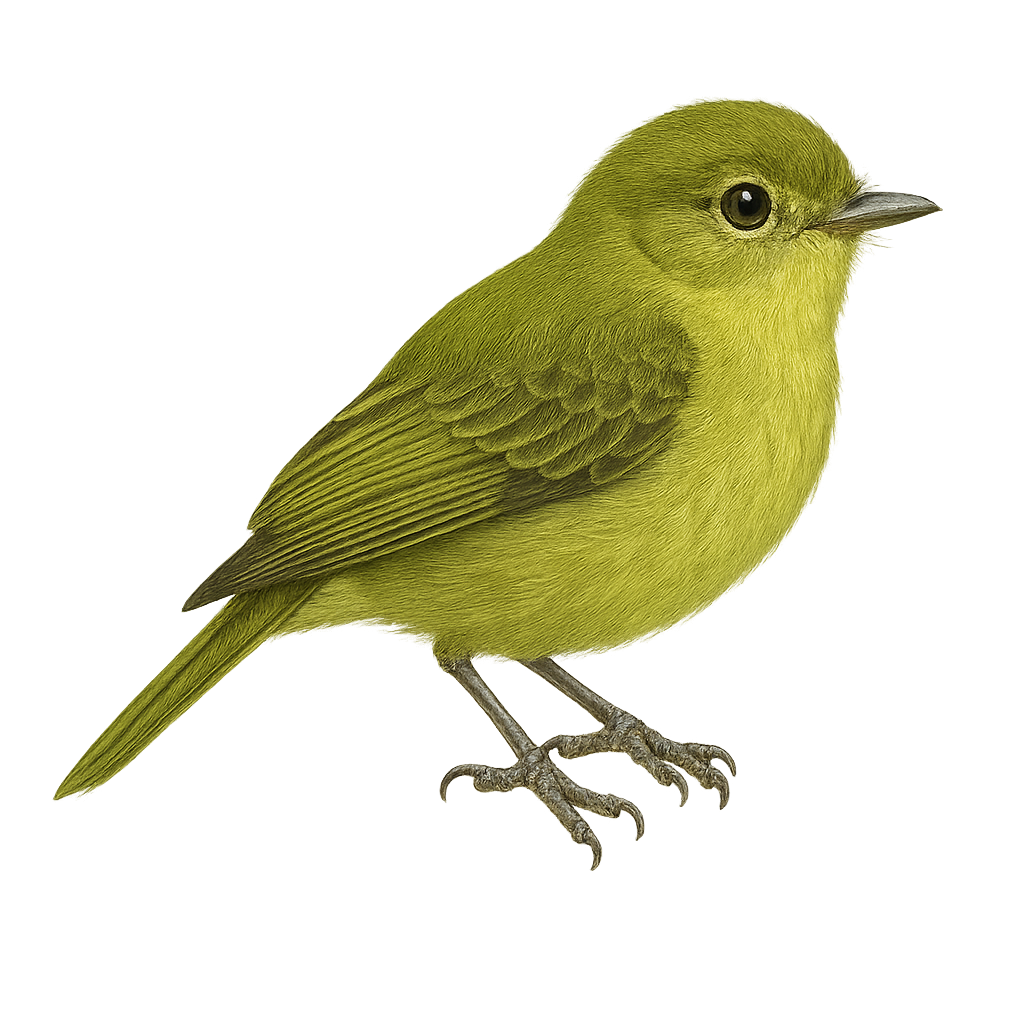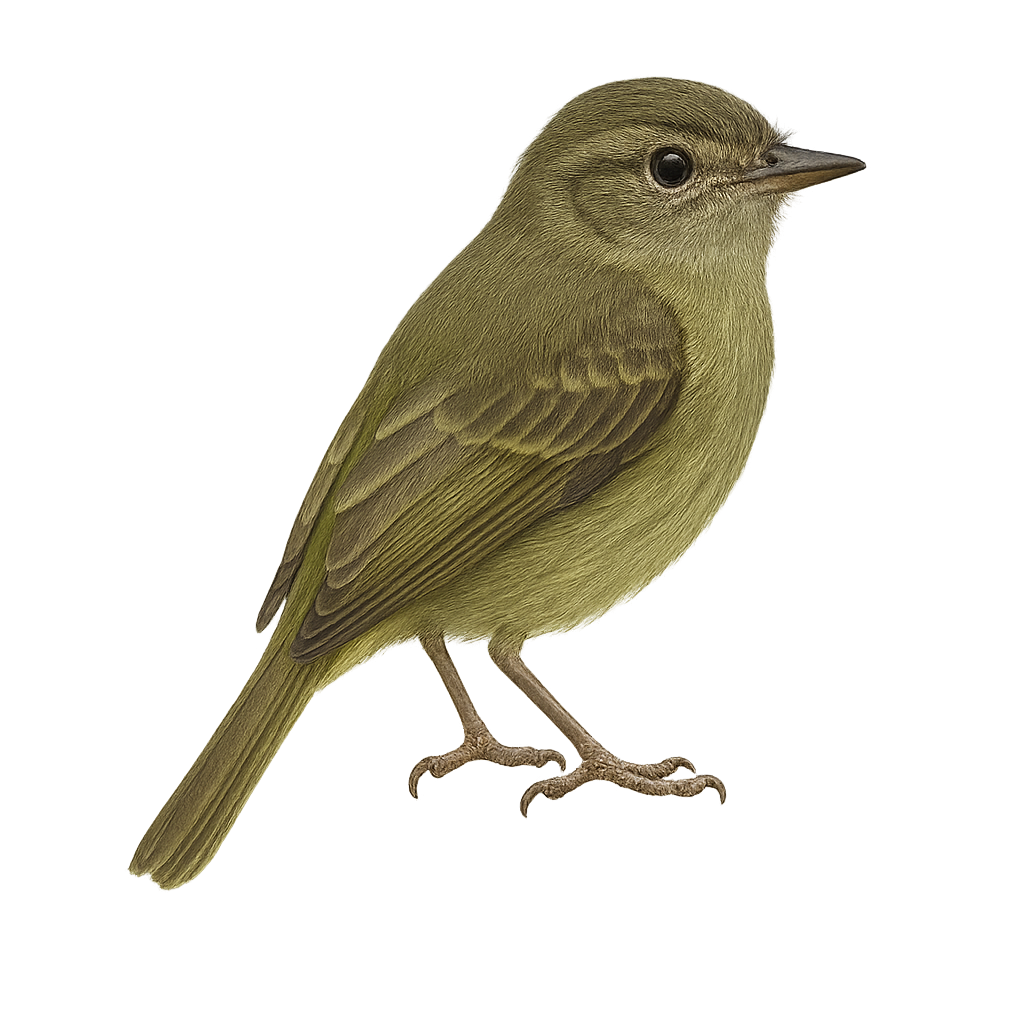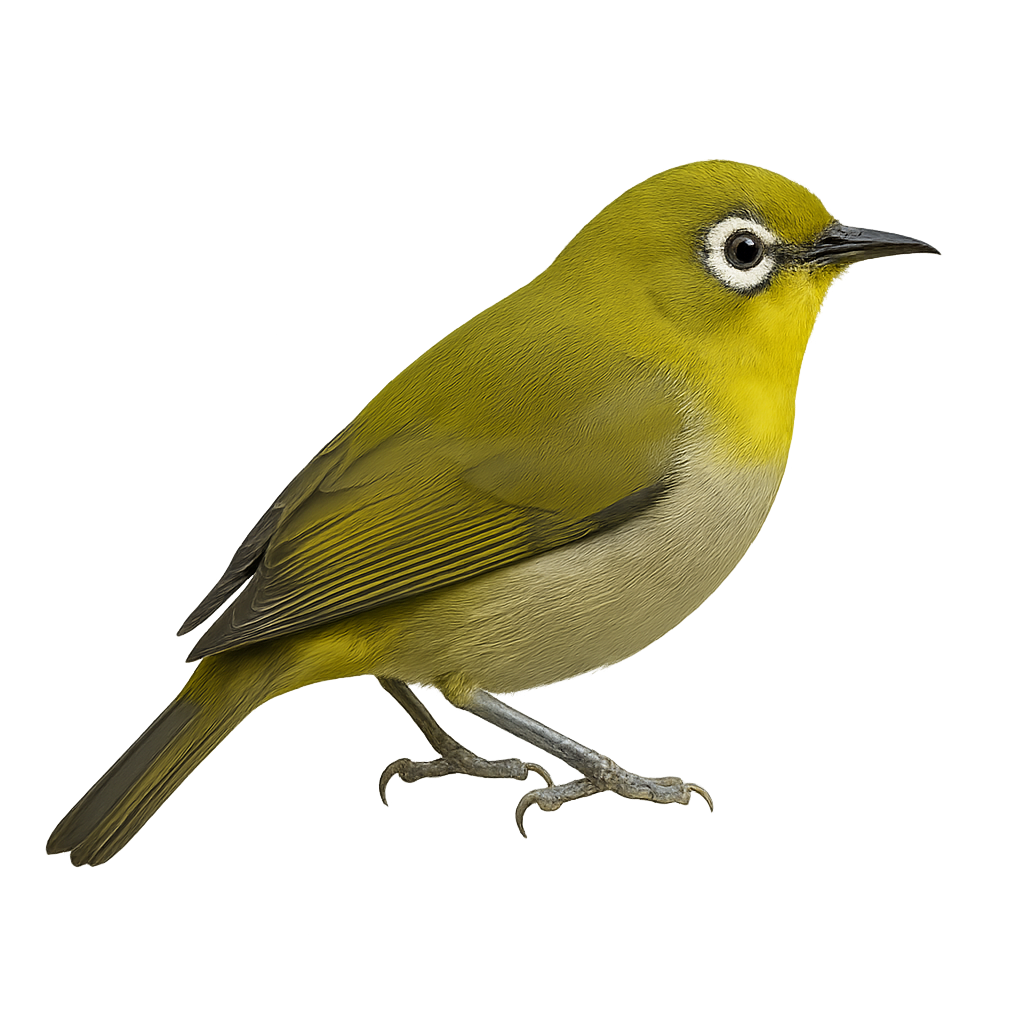Your wildlife tracking tool..
Browse 2,846species by country, track observations, and plan your photo outings.
Your global reference for wildlife photography
WildlifePhotographer gives you access to over 2,846 wildlife species sheets to help you identify, understand, and photograph wildlife around the world. Mammals, birds, reptiles… each sheet provides key information: habitat, activity, life cycle, signs of presence, and tailored photo tips.
Our database grows every week with new iconic species. To go further, access maps, reminders, logs, and personalized statistics in the app — designed to meet the real needs of wildlife photographers in the field.
Moustached Turca
Pteroptochos megapodius
The Moustached Turca, or Pteroptochos megapodius, is a terrestrial bird endemic to Chile, primarily found in dense forests and shrublands of the central region. This bird is recognizable by its reddish-brown plumage and relatively large size for a member of the Rhinocryptidae family. It has a sturdy beak and strong legs, adapted to its ground-dwelling lifestyle. The Moustached Turca is a discreet bird, often heard before seen, thanks to its distinctive and melodious song. It primarily feeds on insects and small invertebrates found by foraging on the ground. Although its habitat is threatened by deforestation, it is currently classified as "least concern" by the IUCN.
Mourning Dove
Zenaida macroura
The Mourning Dove, Zenaida macroura, is an elegant and graceful bird, easily recognizable by its light brown plumage and black spots on the wings. It features a long, tapered tail and dark eyes surrounded by a pale ring. This bird is widespread across North America, inhabiting various environments from urban areas to open countryside. The Mourning Dove is known for its melancholic song, a soft cooing often heard at dawn and dusk. It primarily feeds on seeds, which it pecks from the ground. Although often seen in pairs or small groups, it can form large flocks during migrations.
Massena's trogon
Trogon massena
The Massena's Trogon is a colorful bird found primarily in the humid tropical forests and wooded areas of Central America, particularly in Costa Rica, Panama, and Nicaragua. It typically measures about 26 to 30 cm in length and weighs between 90 and 120 g. Its plumage is vibrantly colored, with a green and red body, a yellow chest, and a black head, giving it a distinct appearance. The Massena's Trogon primarily feeds on fruits, berries, and small insects that it finds in the trees. It is often observed perched on branches, where it moves calmly and discreetly. While its population remains stable in some areas, it is sometimes threatened by deforestation and the loss of its natural habitat.
Masked Trogon
Trogon personatus
The Masked Trogon is a fascinating bird primarily inhabiting the tropical forests of South America. It is easily recognizable by its colorful plumage, featuring a bright green back, red chest, and white belly. Its head is adorned with a distinctive black mask, giving it its name. This bird prefers dense habitats where it can blend in with the foliage. It feeds mainly on insects and fruits, which it captures with agility thanks to its swift and precise flight. The Masked Trogon is often seen in pairs or small groups, and its melodious song resonates through the canopy.
Mountain Trogon
Trogon mexicanus
The Mountain Trogon, or Trogon mexicanus, is a colorful and fascinating bird found in the mountainous forests of Central America. It is distinguished by its vibrant plumage, featuring a metallic green head and back, bright red belly, and a black and white tail. Measuring about 30 cm in length, it is often seen perched silently in trees, feeding mainly on insects and fruits. This bird is known for its soft, melodious song, often heard before it is seen. It prefers humid forests and wooded highland areas, where it can blend into the dense foliage. Although relatively tolerant of human presence, it remains discreet and can be difficult to spot.
Minas Gerais Tyrannulet
Phylloscartes roquettei
The Phylloscartes roquettei, known as the Minas Gerais Tyrannulet, is a small bird endemic to Brazil, primarily found in the dry forests and savannas of the Minas Gerais state. It is characterized by its olive-green plumage and slightly darker wings. This discreet bird is often difficult to spot due to its small size and elusive behavior. It primarily feeds on insects, which it catches in flight or on leaves. The Minas Gerais Tyrannulet is an endangered species, mainly due to deforestation and habitat loss. Conserving its habitats is crucial for its long-term survival.
Mistletoe Tyrannulet
Zimmerius improbus
The Zimmerius improbus, known as the Mistletoe Tyrannulet, is a small passerine bird belonging to the Tyrannidae family. It is primarily found in tropical and subtropical moist lowland forests, often near water. This small bird is distinguished by its olive-green plumage and lighter belly, allowing it to blend into its surroundings. It is known for its melodious song and varied vocalizations, often heard before being seen. The Mistletoe Tyrannulet is an active bird, spending most of the day foraging for insects and fruits in the canopy. Although its habitat is threatened by deforestation, it is currently classified as Least Concern by the IUCN.
Montane White-eye
Zosterops poliogastrus
The Montane White-eye, or Zosterops poliogastrus, is a small bird with predominantly olive-green plumage and a distinctive grey belly. It is characterized by a white eye-ring, giving it a lively and curious look. This bird is often seen in active flocks, moving swiftly through foliage in search of fruits, nectar, and insects. It is mainly found in the mountainous regions of East Africa, inhabiting humid forests and wooded areas. Although it is a sociable bird, it can be wary of intruders. Its ability to adapt to different habitats and its gregarious behavior make it an interesting subject for ornithologists.


